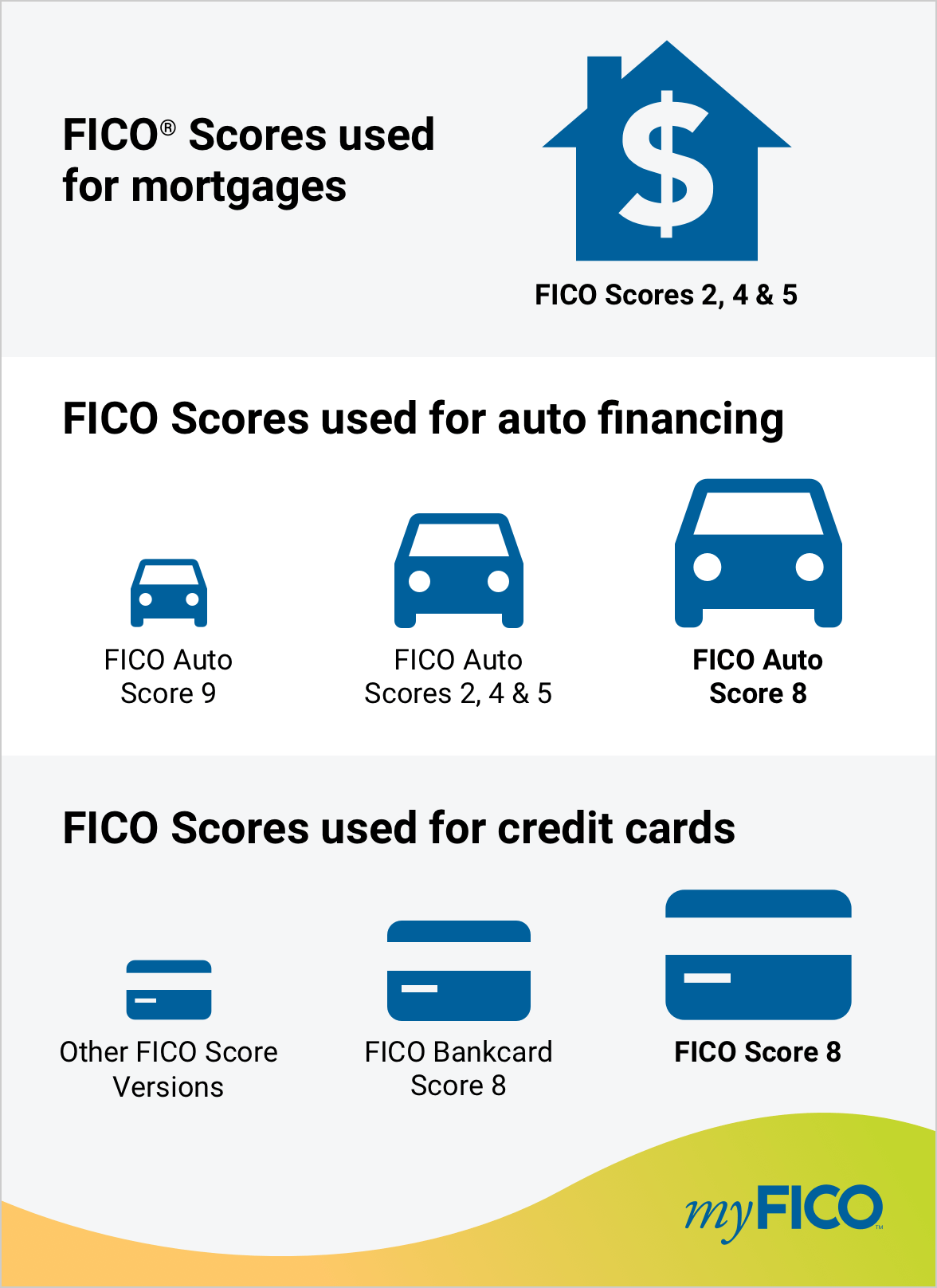For a reverse home mortgage to be a feasible monetary choice, existing home mortgage balances usually need to be low enough to be paid off with the reverse mortgage earnings. However, debtors do have the alternative of paying down their existing home mortgage balance to certify for a HECM reverse mortgage. The HECM reverse home mortgage follows the standard FHA eligibility requirements for property type, implying most 14 family homes, FHA authorized condos, and PUDs qualify.
Before beginning the loan process for an FHA/HUD-approved reverse home mortgage, candidates should take an approved therapy course. An approved therapist must help describe how reverse home loans work, the financial and tax ramifications of getting a reverse home loan, payment options, and costs related to a reverse mortgage. The therapy is implied to safeguard borrowers, although the quality of counseling has actually been criticized by groups such as the Customer Financial Defense Bureau. why do mortgage companies sell mortgages.

On March 2, 2015, FHA implemented brand-new standards that require reverse home mortgage candidates to undergo a financial evaluation. Though HECM debtors are not needed to make monthly home loan payments, FHA wishes to make certain they have the financial capability and desire to keep up with real estate tax and homeowner's insurance (and any other appropriate property charges).
Prior to 2015, a Loan provider might not refuse a demand for a HECM as the requirement is age 62+, own a home, and fulfill initial debt-to-equity requirements. With FA, the lender may now require Equity "reserved" guidelines and amounts that make the loan impossible; the like a declination letter for bad credit.
The Ultimate Guide To How Many Mortgages Can You Have At Once
Satisfying credit - All real estate and installation financial obligation payments must have been made on time in the last 12 months; there are no more than 2 30-day late mortgage or installation payments in the previous 24 months, and there is no major derogatory credit on revolving accounts in the last 12 months.
If no extenuating situations can be recorded, the borrower might not certify at all or the lender might need a big quantity of the principal limitation (if offered) to be taken into a Life Span Set Aside (LESA) for the payment of home charges (home taxes, homeowners insurance coverage, etc.).
The fixed-rate program features the security of a rate of interest that does not change for the life of the reverse home mortgage, however the rate of interest is usually higher at the start of the loan than an equivalent adjustable-rate HECM. Adjustable-rate reverse home loans usually have rate of interest that can change on a regular monthly or annual basis within specific limitations.
The initial interest rate, or IIR, is the actual note rate at which interest accumulates on the outstanding loan balance on an annual basis. For fixed-rate reverse home mortgages, the IIR can never ever change. For adjustable-rate reverse mortgages, the IIR can alter with program limitations as much as a life time interest rate cap.
What Does What Will Happen To Mortgages If The Economy Collapses Mean?
The EIR is frequently various from the real note rate, or IIR. The EIR does not identify the quantity of interest that accumulates on the loan balance (the IIR does that). The overall pool of cash that a borrower can receive from a HECM reverse home mortgage is called the principal limitation (PL), which is calculated based upon the optimum claim amount (MCA), the age of the youngest borrower, the predicted rates of interest (EIR), and a table to PL elements released by HUD.
The majority of PLs are usually in the variety of 50% to 60% of the MCA, however they can sometimes be higher or lower. The table below offers examples of primary limitations for different ages and EIRs and a property value of $250,000. Borrower's age at origination Anticipated interest rate (EIR) Principal limit aspect (as of Aug.
Simply put, older borrowers tend to get approved for more cash than more youthful debtors, but the total amount of money readily available under https://www.inhersight.com/companies/best/reviews/overall the HECM program tends to decrease for all ages as rates of interest increase. Closing expenses, existing mortgage balances, other liens, and any property taxes or house owners insurance coverage due are generally paid out of the initial principal limit.
The cash from a reverse home mortgage can be distributed in 4 methods, based on the customer's monetary requirements and objectives: Swelling amount in cash at settlement Month-to-month payment (loan advance) for a set variety of years (term) or life (period) Credit line (comparable to a home equity line of credit) Some mix of the above Note that the adjustable-rate HECM uses all of the above payment alternatives, but the fixed-rate HECM just provides lump amount.
Some Known Facts About What Is The Current Interest Rate For Va Mortgages.

This means that debtors who go with a HECM credit line can possibly get access to more cash in time than what they at first received at origination. The line of credit development rate is figured out by adding 1.25% to the preliminary rate of interest (IIR), which means the line of credit will grow quicker if the rates of interest on the loan boosts.
Due to the fact that numerous customers were taking full draw lump amounts (often at the motivation of lending institutions) at closing and burning through the money quickly, HUD sought to secure debtors and the practicality of the HECM program by restricting the quantity of earnings that can be accessed within the first 12 months of the loan.
Any remaining offered earnings can be accessed after 12 months. If the overall mandatory obligations surpass 60% of the primary limitation, then the borrower can draw an additional 10% of the primary limitation if available. The Housing and Economic Healing Act of 2008 provided HECM mortgagors with the chance to acquire a brand-new primary home with HECM loan continues the so-called HECM for Purchase program, efficient January 2009.
The program was developed to allow the senior to purchase a brand-new primary residence and get a reverse mortgage within a single deal by eliminating the need for a 2nd closing. Texas was the last state to permit reverse mortgages for purchase. Reverse home loans are often slammed over the issue of closing expenses, which can in some cases be expensive.
Excitement About How Does Chapter 13 Work With Mortgages
Thinking about the restrictions enforced upon HECM loans, they are similar to their "Forward" contemporaries in total costs. The following are the most common closing expenses paid sell timeshare online at near get a reverse home loan: Counseling fee: The first action to get a reverse mortgage is to go through a counseling session with a HUD-approved counselor.
Origination cost: This is charged by the lender to arrange the reverse home mortgage. Origination costs can vary commonly from lender to lender and can range from nothing to a maximum of $6,000. Third-party fees: These costs are for third-party services worked with to complete the reverse home loan, such as appraisal, title insurance, escrow, government recording, tax stamps (where applicable), credit reports, and so on.
The IMIP safeguards lending institutions by making them whole if the house costs the time of loan payment for less than what is owed on the reverse home loan. This protects borrowers too due to the fact that it suggests they will never owe more than their home is worth. As of 1/2019, the IMIP is now 2% of the max claim amount (Either the appraised value of the home approximately a maximum of $726,535) The yearly MIP (mortgage insurance premium) is.50% of the exceptional loan balance.